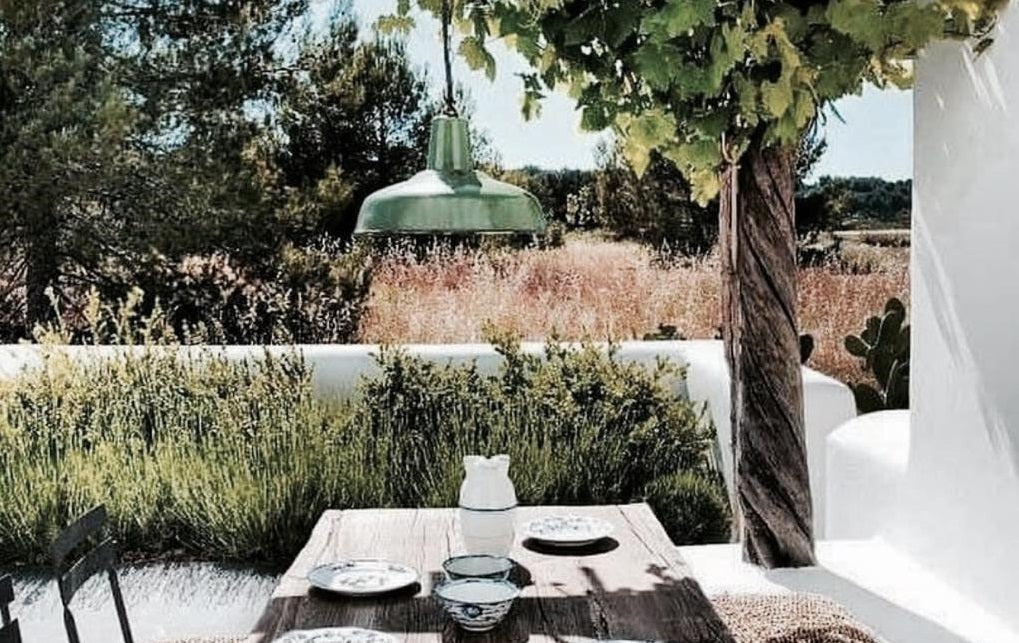How does the “oikodespoina” (mistress of the house) present her finest for family and friends she gathers there?
Village life is intimate, and therefore by definition it includes competition. Gentle, but serious, competition. For the village woman, the “oikodespoina,” this includes offering to her family and friends the finest work of her hands – culinary bounty from her kitchen; and the finest snow-white linen cloths she has embroidered or crocheted with her “tsiggelaki” (needle) and places on the table to present her food and drink.
We know that the kourabies is the gold standard of Greek baking, of Greek confectionary. Because every Greek is an individual, this means that each woman in the towns and in the numberless villages of the mainland and the islands where the rural population lives wants her kourabies to be the best. It’s a matter of pride.
How her kourabies is served is an equal matter of pride. This is why you see the kourabies “dressed” for the table in a village home with the finest specimens of the woman’s “prika” (trousseau), the linens, lace, and embroideries prepared for, and treasured ever since, her wedding day.
Offering family members or guests a welcoming glass of water and a warming Greek coffee, accompanied by a sweet, requires a humble tray, plain glasses and simple white porcelain cups and plates; but it demands that the woman of the house has used her “tsiggeli” (needle) to embroider or crochet a fine white cloth on which she will present her refreshing water, coffee and delicious sweet, such as her finest kourabies. Whether the cloth is a “kofto” – open work embroidery – or has a locally-inspired embroidery stitch, or is a work of lace itself, this is the woman’s triumph, as is her kourabies.
Village life is intimate, and therefore by definition it includes competition. Gentle, but serious, competition. For the village woman, the “oikodespoina,” this includes offering to her family and friends the finest work of her hands – culinary bounty from her kitchen; and the finest snow-white linen cloths she has embroidered or crocheted with her “tsiggelaki” (needle) and places on the table to present her food and drink.
We know that the kourabies is the gold standard of Greek baking, of Greek confectionary. Because every Greek is an individual, this means that each woman in the towns and in the numberless villages of the mainland and the islands where the rural population lives wants her kourabies to be the best. It’s a matter of pride.
How her kourabies is served is an equal matter of pride. This is why you see the kourabies “dressed” for the table in a village home with the finest specimens of the woman’s “prika” (trousseau), the linens, lace, and embroideries prepared for, and treasured ever since, her wedding day.
Offering family members or guests a welcoming glass of water and a warming Greek coffee, accompanied by a sweet, requires a humble tray, plain glasses and simple white porcelain cups and plates; but it demands that the woman of the house has used her “tsiggeli” (needle) to embroider or crochet a fine white cloth on which she will present her refreshing water, coffee and delicious sweet, such as her finest kourabies. Whether the cloth is a “kofto” – open work embroidery – or has a locally-inspired embroidery stitch, or is a work of lace itself, this is the woman’s triumph, as is her kourabies.

